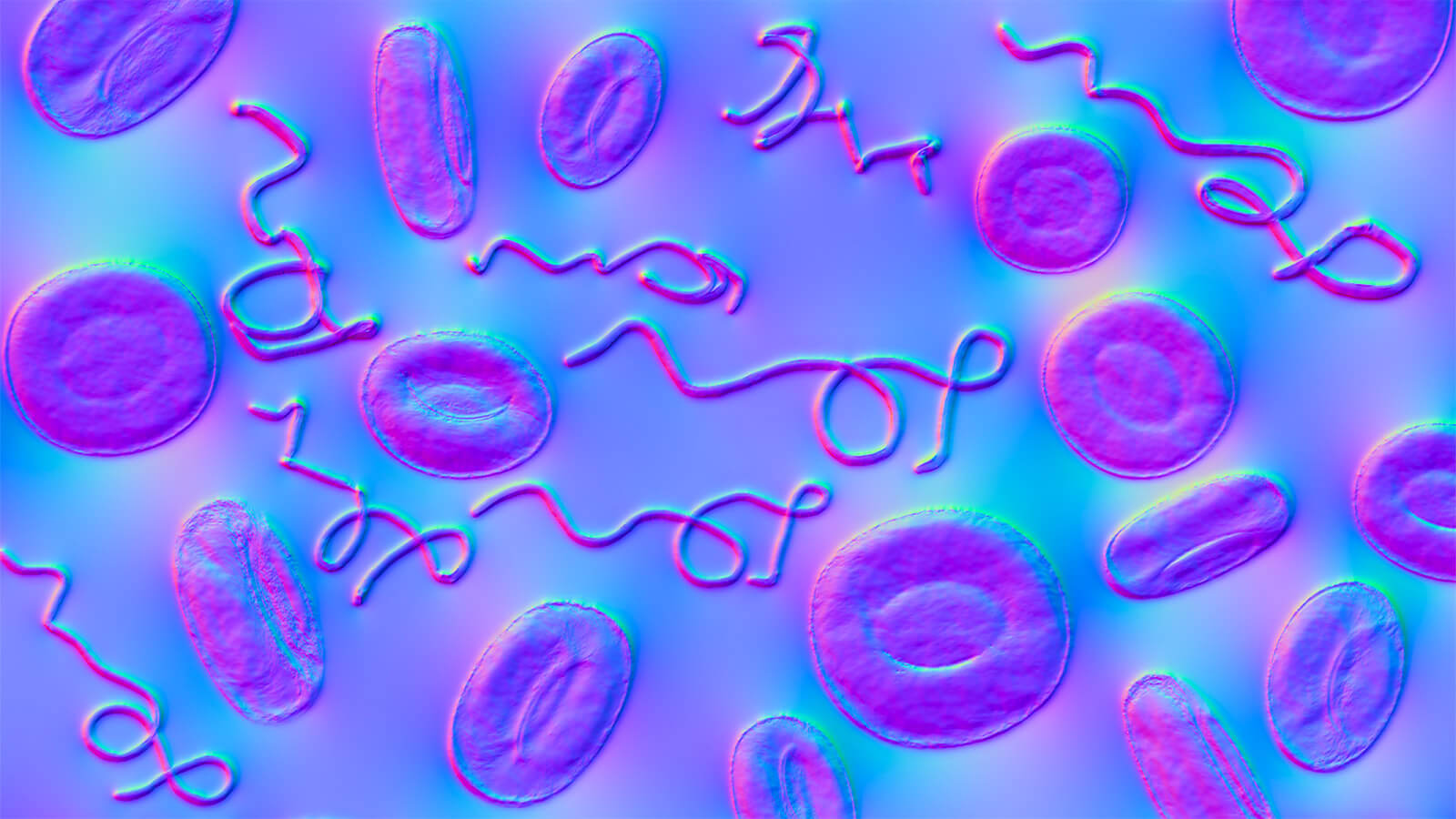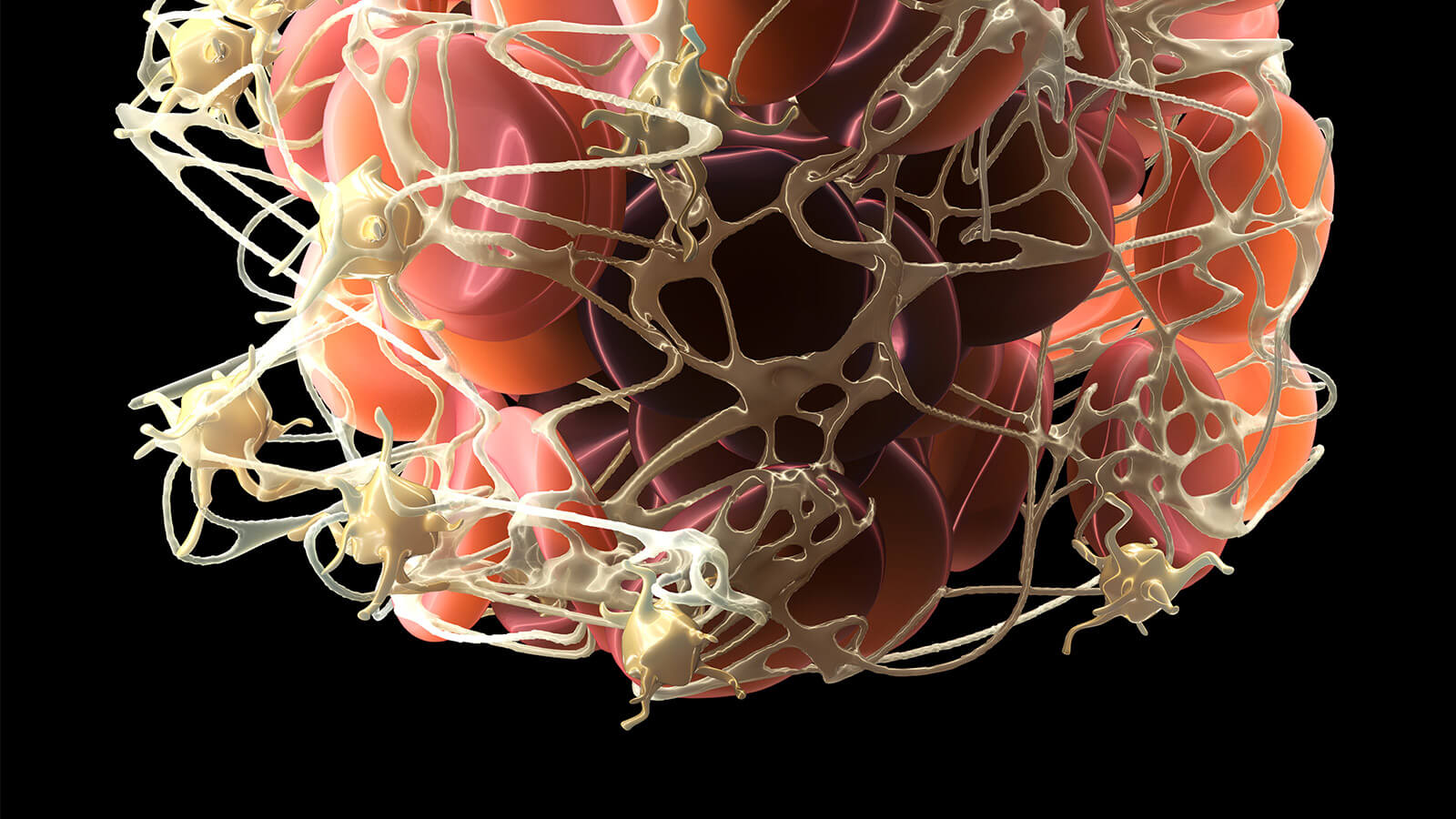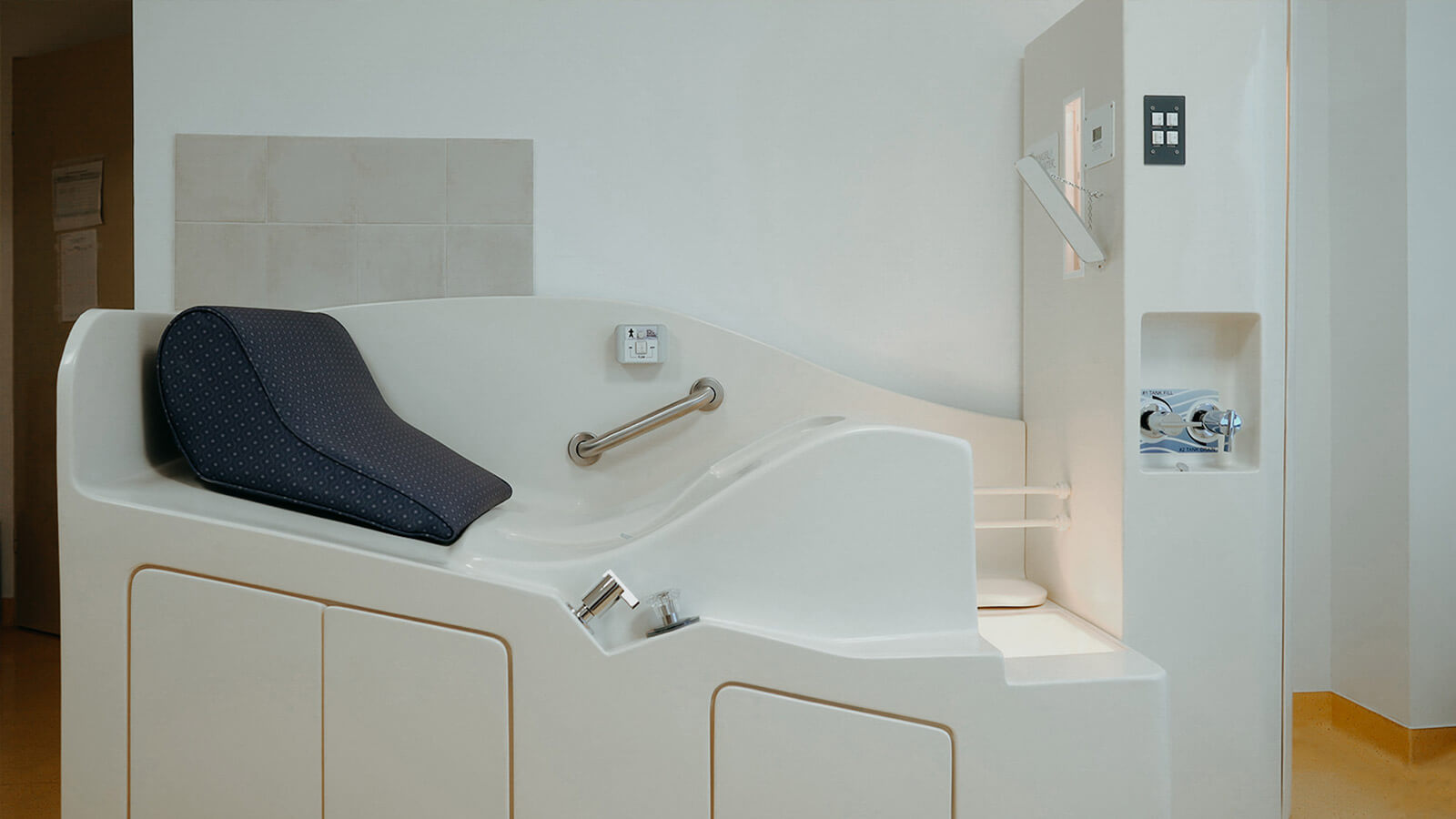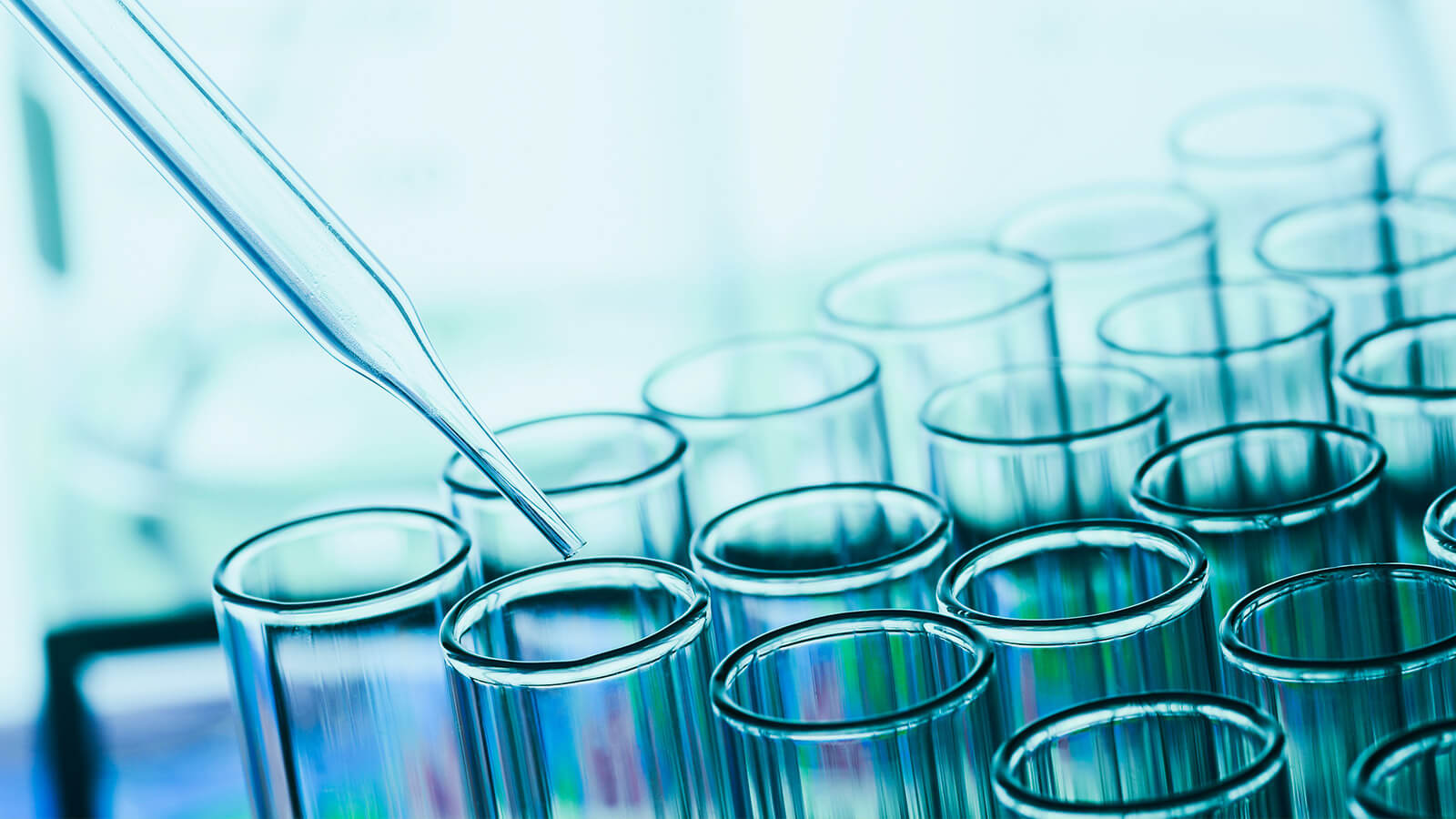
EDTA chelation in Lyme disease
Biofilms are communities of micro-organisms that self-encapsulate in an extracellular polymeric substance, making them more resistant to the immune system and antibiotics.
One of the most important causes of antibiotic resistance in Borrelia strains is the organization of this bacterium into colonies that are not only unaffected by drugs but are often impossible to detect in Borrelia testing. EDTA is known as one of the most potent biofilm disruptors by chelating calcium, magnesium, and iron contained in biofilms.
Studies conducted so far highlight the powerful effect of EDTA in destroying bacterial biofilms on catheters and beyond, in several bacteria such as Staphylococcus aureus, Staphylococcus epidermidis, Proteobacteria, but especially in Pseudomonas aeruginosa, where EDTA has been shown to be 1000 times more effective than Vancomycin in destroying this bacterium. Biofilms of the fungus Candida Albicans were also susceptible to EDTA.
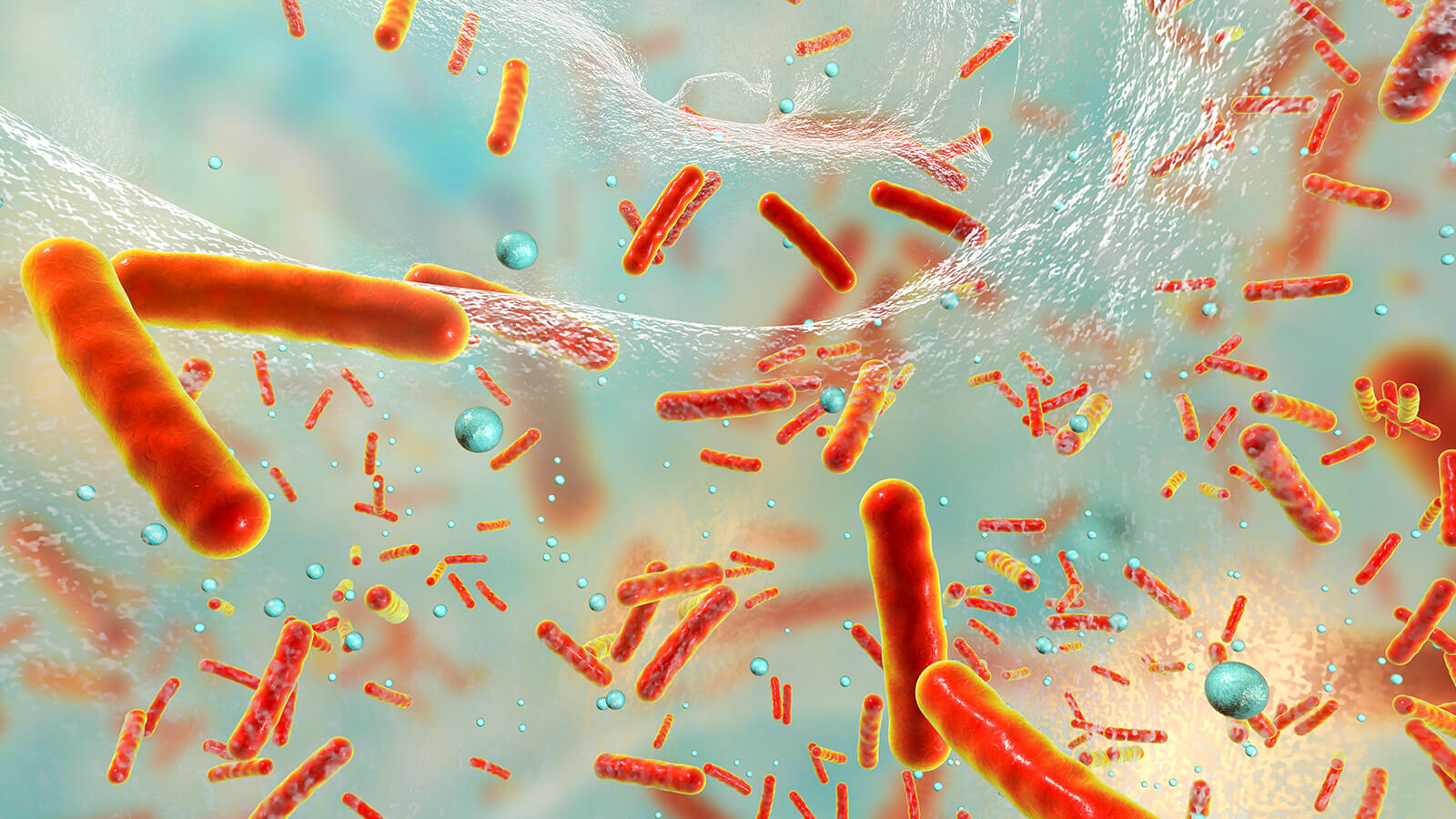
The clinical experience of doctors treating Lyme disease has proven the effectiveness of this treatment, both in destroying biofilms of bacteria and fungi associated with Borreliosis but also in Lyme biofilms which are often one of the most critical obstacles to the effectiveness of antibiotics.
The therapeutic solutions we provide
Comprise a wide range of conventional, adjuvant and supportive therapies, which integrate medical concepts that have been built on a sturdy scientific basis and on the clinical experience of numerous Lyme disease specialists worldwide.
ImunoMedica patients have access to the latest diagnostic tools, technologies and innovations as well as to the latest and best treatments available, as soon as these are proven to be safe and effective.
How can you become a patient of our clinic?
Throughout the whole process, from your initial contact, through treatment and after you leave our clinic, our patient coordinators will guide you through the steps and support you with all their expertise, attention and kindness.
*
We are here to help you
Our patient coordinator will contact you soon
Phone: +40.771.518.946, e-mail: office@imuno-medica.ro




